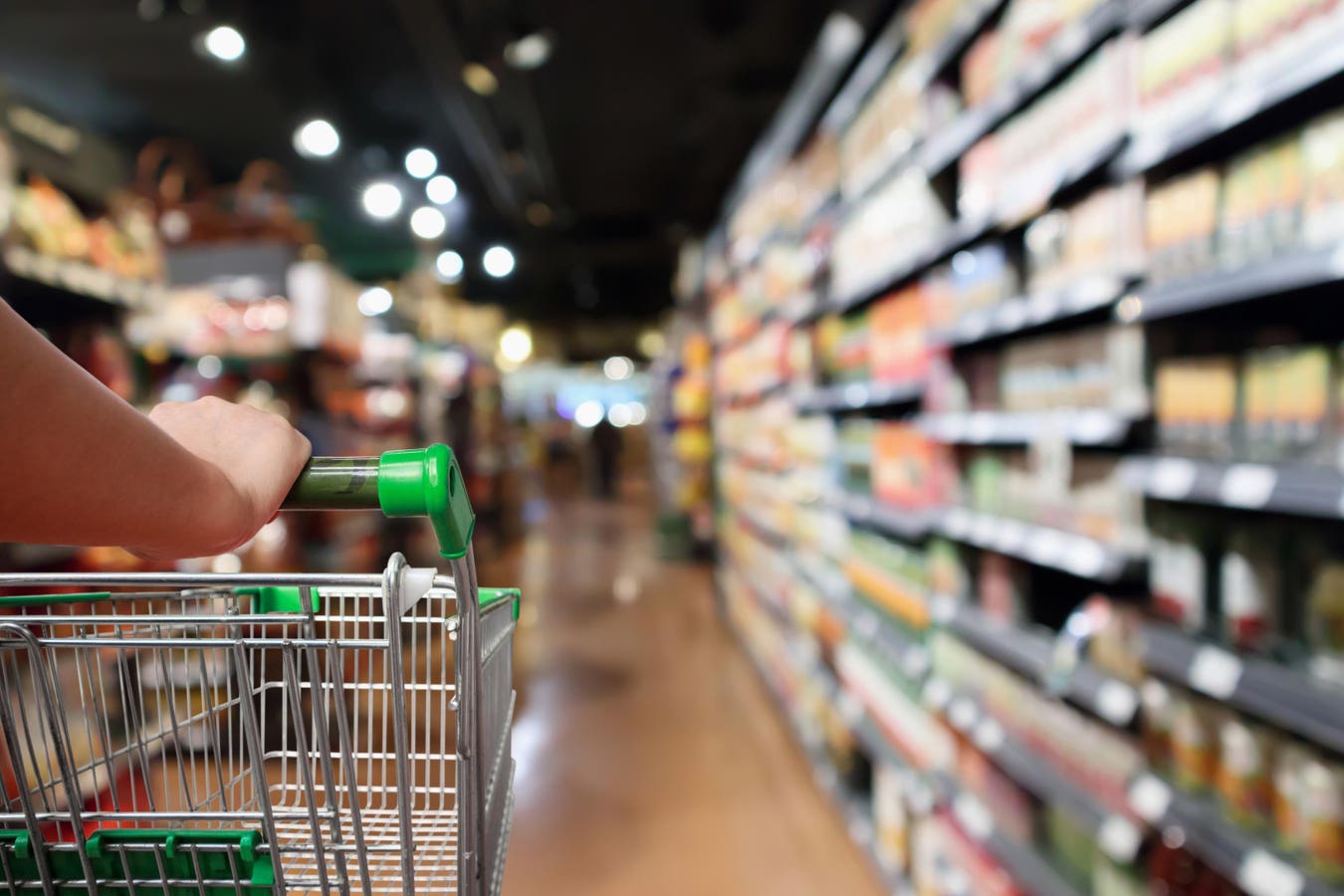Getting a product listed with a major retailer and seeing it on the supermarket shelf is the goal of many entrepreneurs, but is it always the right move for their business? Securing a place on the shelves is a challenge, as is keeping it there. If a product doesn’t perform well for the retailer, it can quickly be swapped out for a competitor.
According to Karen Green, a B2B sales expert and author of Buyer-ology, the main advantage of getting a product listed on supermarket shelves is its distribution opportunities. She says: “In the U.K., for example, Tesco has over 27% market share of groceries, with over 4673 outlets, compared with seven Whole Foods stores. That gives major distribution through one connection and often one delivery point.”
Another advantage of having a brand stocked on supermarket shelves is visibility. Competition for consumer shopping list spend is fierce, so the opportunity for a brand to get shoppers’ eyeballs on them shouldn’t be underestimated.
Pascal Bieri, cofounder at food tech scale-up Planted, whose clean-label plant-based meats are available in over 8700 retail outlets throughout the U.K. and Europe, says: “Being listed on the shelf is a no-brainer in terms of supercharging sales. It’s a platform to appeal to the masses. Supermarkets attract a diverse customer base, so being featured allows a brand’s products to reach a wider audience than other channels.”
However, there are potential downsides to going the retail listing route, not least the risk that other companies will not consider you. Green worked with a company that makes chilled wraps that successfully launched in 50 Tesco stores, the first major listing for the business. “Once we got that listing, it was impossible to get any wholesalers who deliver to independent delis to take the products,” says Green.
There are the costs of doing business to consider. You have the advantages of one delivery point and lots of volume, but they control the retail price. “They will want you to provide a significant promotional budget and invest in a range of marketing opportunities, from buying Clubcard data to POS and gondola end space,” adds Green. “They will also have long settlement terms that will play havoc with cash flow.”
Another challenge for smaller brands when gaining a place on supermarket shelves is that the supermarket has far more data and insights on their product and category than the business owner has. “This can lead to an unequal relationship and potentially be used against you,” says Bieri. “The best supermarkets are conscious of this inequality and should share or, at the very least, give access to their data.”
Do retail listings always pay? Bieri points out that there are times when a supermarket buys a product to fulfill a novelty NPD trend, only for that product to disappear quickly. He says: “The investment to get that product on the shelf was huge for the business, but the reward is short-lived. If you have secured the right distribution, have a sustainable, profitable price point, can support an above-category average rate of sale (ROS), have good supply metrics, and are confident in consumer satisfaction and repeat rate, then yes, it does pay back.”
Pitching for an online listing can also pay dividends. Laura Marsh, cofounder of children’s clothing collection Babbico, launched the business in April 2020, during the height of lockdown, a time when consumers were directing all of their spending online. The company succeeded in getting a listing with ASDA online.
The intention was to secure an online listing first, hoping to get into stores eventually. Marsh says: “We knew when we approached them that getting them to give up valuable store space wasn’t going to be easy, so we thought we’d have more of a chance of securing an online presence first.
“I don’t think securing an online listing guarantees store space; it depends on how much traffic and awareness you can drive to their website to secure high sales before a store presence is considered. That may not be true for all industries or product types, but that’s certainly been the case for us.”
Arguably, the biggest challenge in securing the listing for Babbico was convincing the buyer to take a chance on a small home-grown brand with little to no following. “Retailers want brands to be able to almost guarantee sales because of the consumer base they already have, so we had to push the buyer to take a chance on us,” says Marsh.
The financial negotiations with the buyer weren’t as intense as Marsh had expected, with scope to crunch down some numbers to meet the buyer’s targets. The buyer was prepared to proceed with Marsh’s pricing on certain products that lacked the margin to budge on their original pricing proposition. “The move certainly paid off financially, and we made a good profit,” she says. “Some brands will move into the retail space knowing they will have to make a loss or break even a good amount of times before the partnership pays off.”
Each retailer is different, but a newly-listed product will often have to use their nominated suppliers for barcoding, packaging, logistics, etc., which slows down the process of getting stock online or in-store. The process can take six to 12 months, from initial discussions with the buyer to a product launch. “It certainly isn’t a quick process, and as a small business, your cash is tied up in the stock, so until you get paid 60 to 90 days after delivery, it can be hard on your bank balance.”
Some small business owners might worry about the costs of getting their products listed with a major retailer, and there is no doubt that it will strain their budget. However, from a marketing perspective, many find it a hugely valuable investment that boosts brand recognition, drives sales, and provides consumer feedback on their products.
Read the full article here





